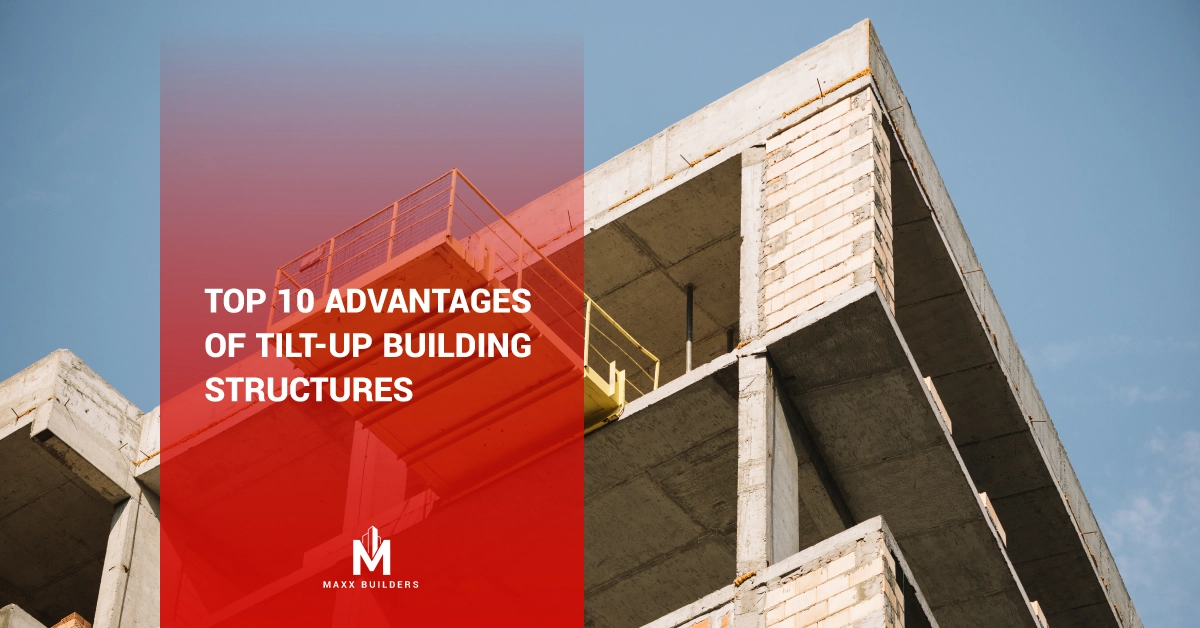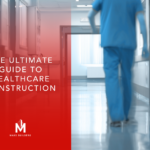The construction market is highly competitive, and Tilt-Up is chosen only when its advantages, given the locale and circumstances of a project, clearly favor it.
These advantages include:
- Economy. In areas where Tilt-Up design and construction expertise is available particularly a trained crane and rigging crew Tilt-Up proves to be more economical than competing construction methods for similar types of buildings.
- Speed of Construction. From the time the floor slab is placed, the typical elapsed time from starting to form the panels until the building shell is completed is four to five weeks.
- Durability. Tilt-Up buildings constructed in the late 1940s show little sign of age (except architectural styling) and some are being handsomely remodeled.
- Fire Resistance. Concrete is an obvious first choice for fire resistance. A 6½-in.-thick wall, for example, has a four-hour fire rating.
- Low Maintenance Costs. Typically, the only maintenance required is a new coat of paint every six to eight years.
- Lower Insurance Rates. The fire resistance and durability of Tilt-Up concrete walls result in lower premiums.
- Architectural Attractiveness. A look through the Portfolio of Tilt-Up Buildings section will attest to this feature of Tilt-Up.
- Low Heating/Cooling Costs. Tilt-Up walls can be economically insulated to give higher insulation values. Insulation is integrated with Tilt-Up concrete walls to provide an insulative value that often exceeds anything found in masonry and wood frame construction.
- Expandability. By planning for the possibility of expansion, panel connections can be designed so the panels can be detached and relocated.
- Security. Unlike metal buildings, forced entry through walls can only be made through door and window openings.



